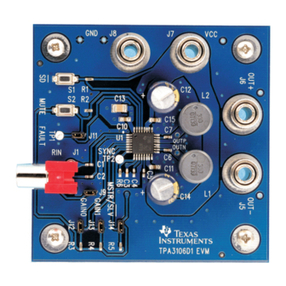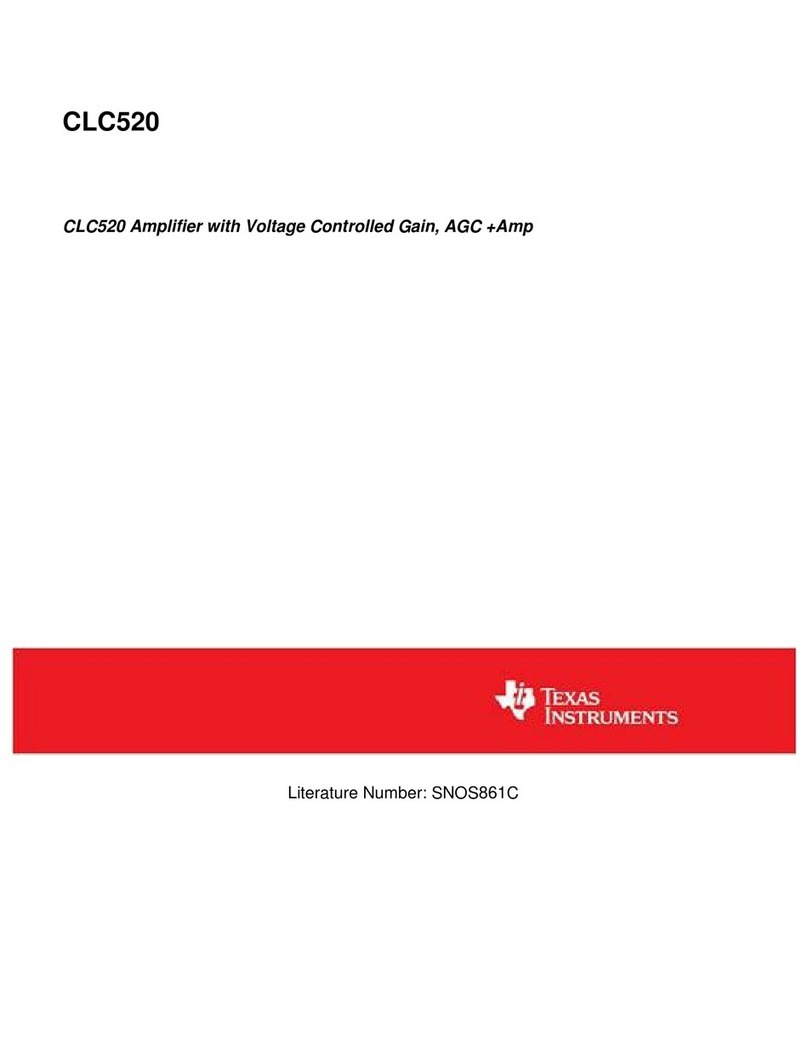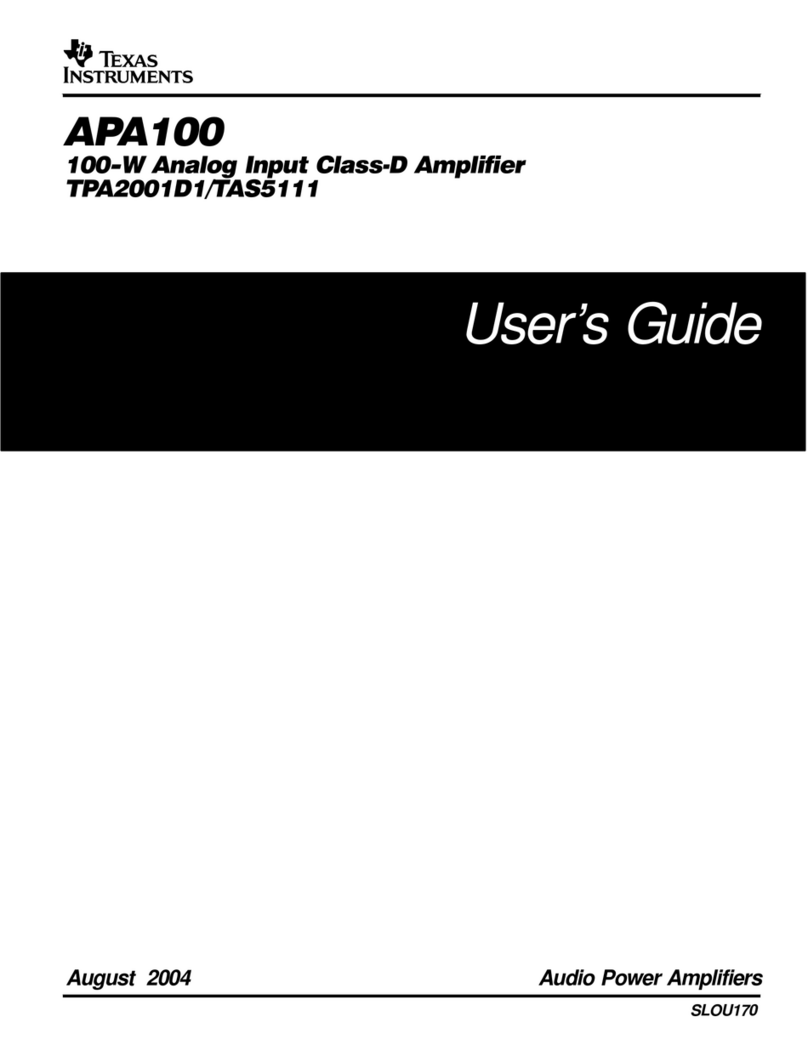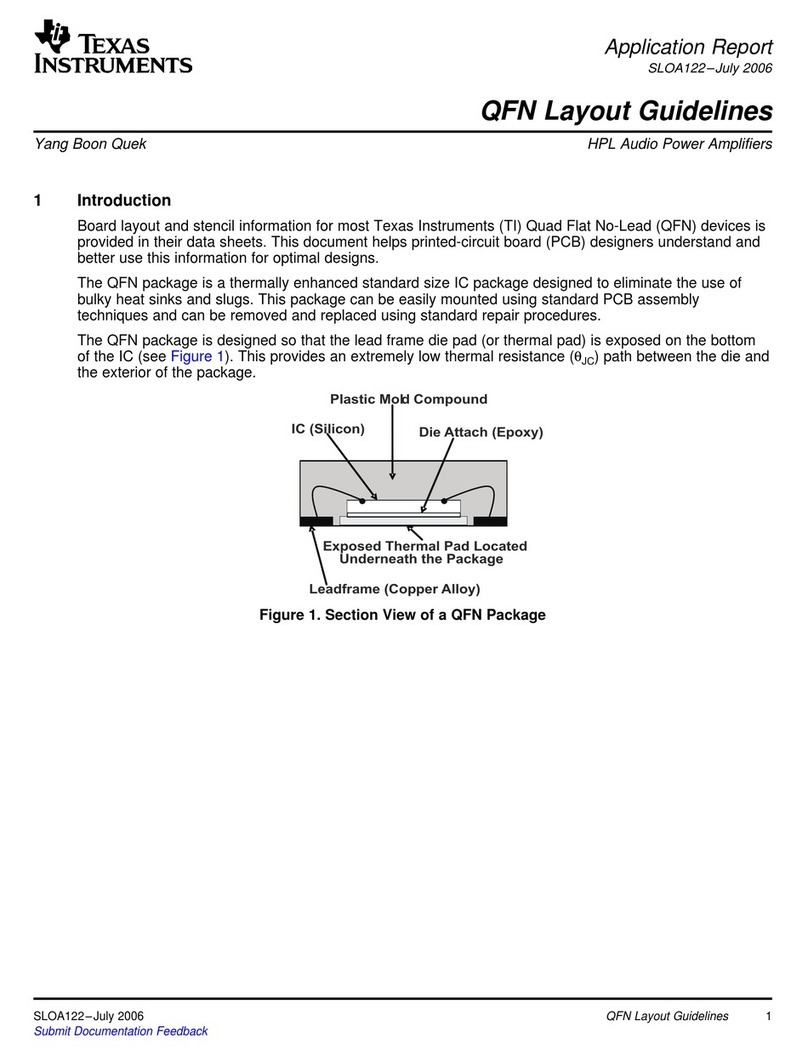Texas Instruments THS3001 User manual
Other Texas Instruments Amplifier manuals
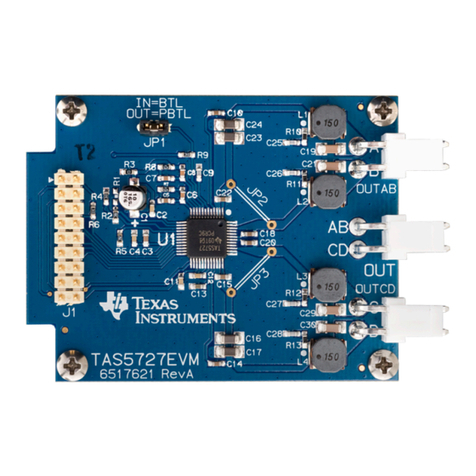
Texas Instruments
Texas Instruments TAS5727 User manual
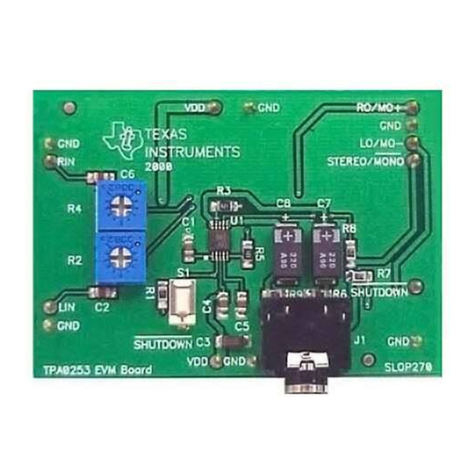
Texas Instruments
Texas Instruments TPA0253 User manual
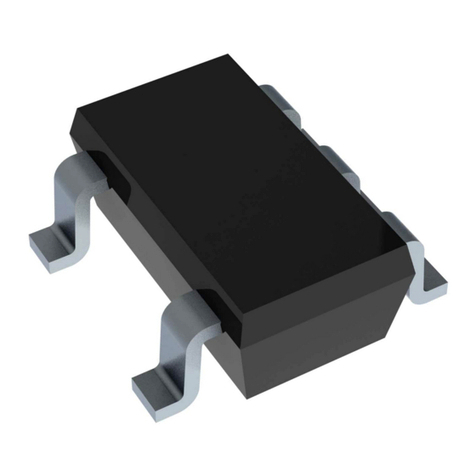
Texas Instruments
Texas Instruments LMP7731 User manual
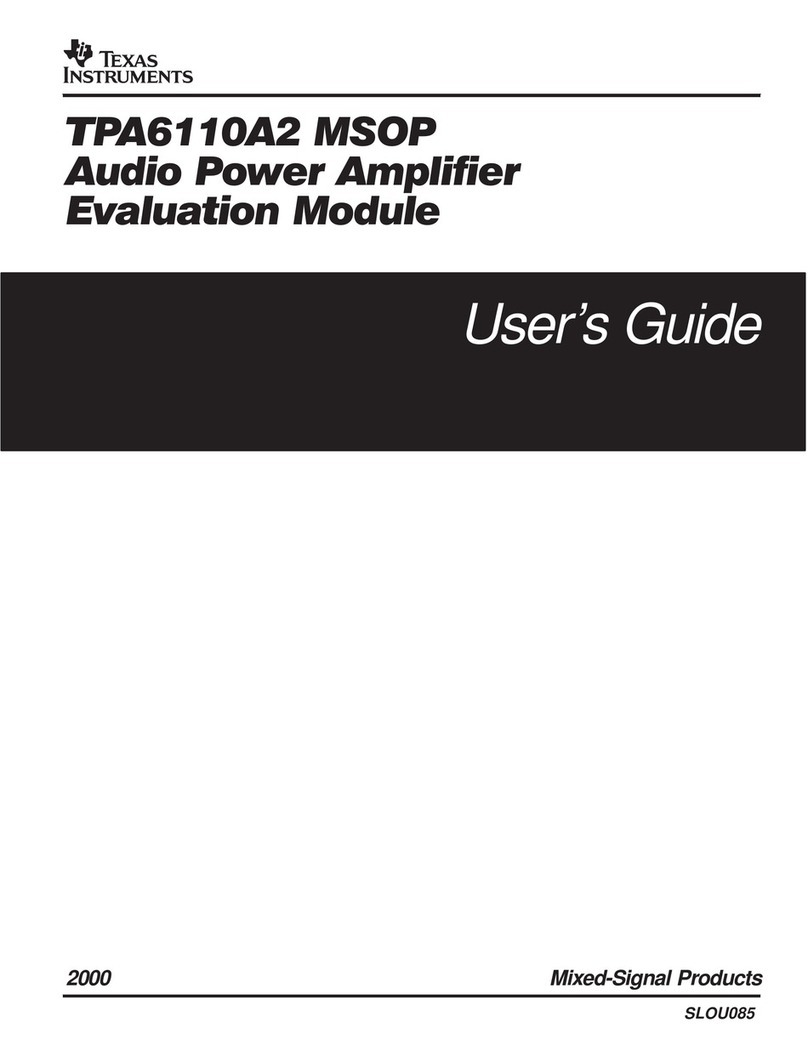
Texas Instruments
Texas Instruments TPA6110A2 MSOP User manual
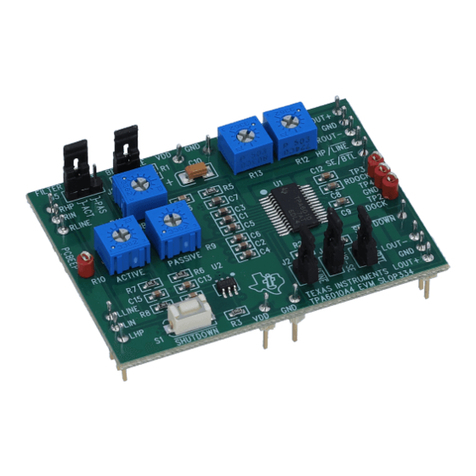
Texas Instruments
Texas Instruments TPA6010A4 User manual
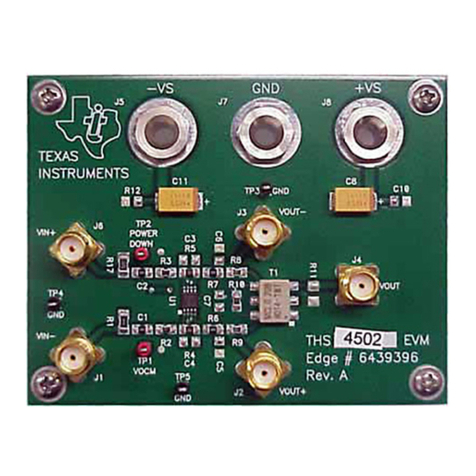
Texas Instruments
Texas Instruments THS4502EVM User manual

Texas Instruments
Texas Instruments TPA3120D2 User manual
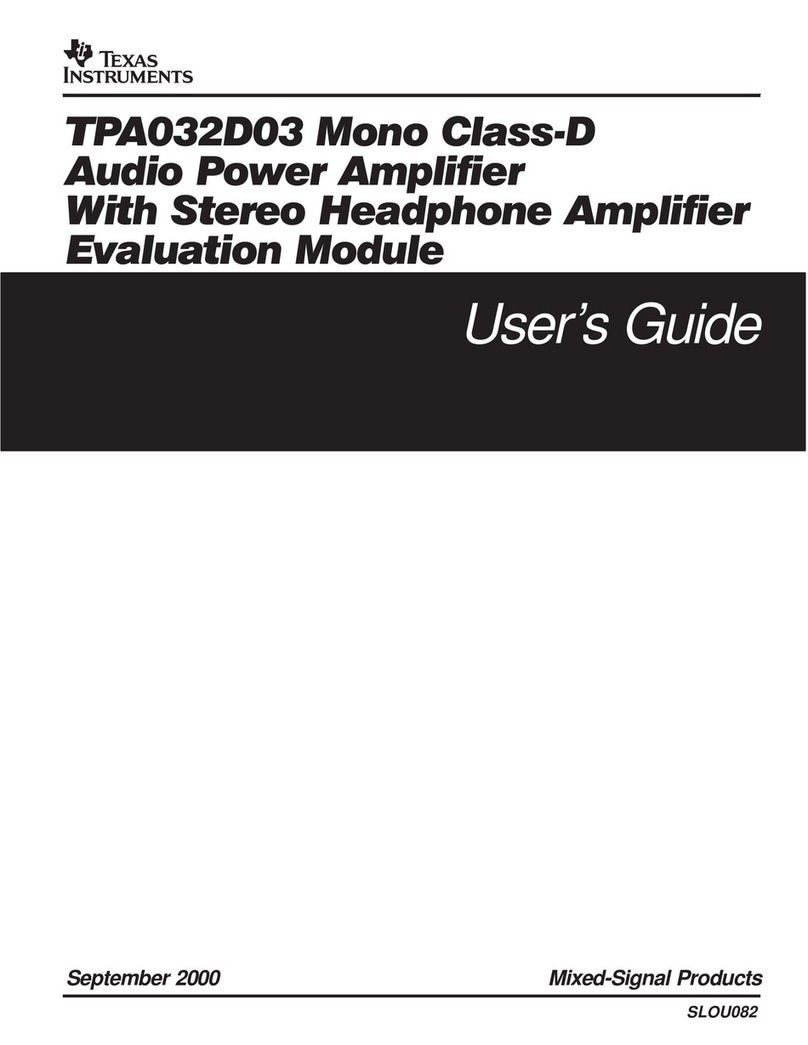
Texas Instruments
Texas Instruments SLOU082 User manual
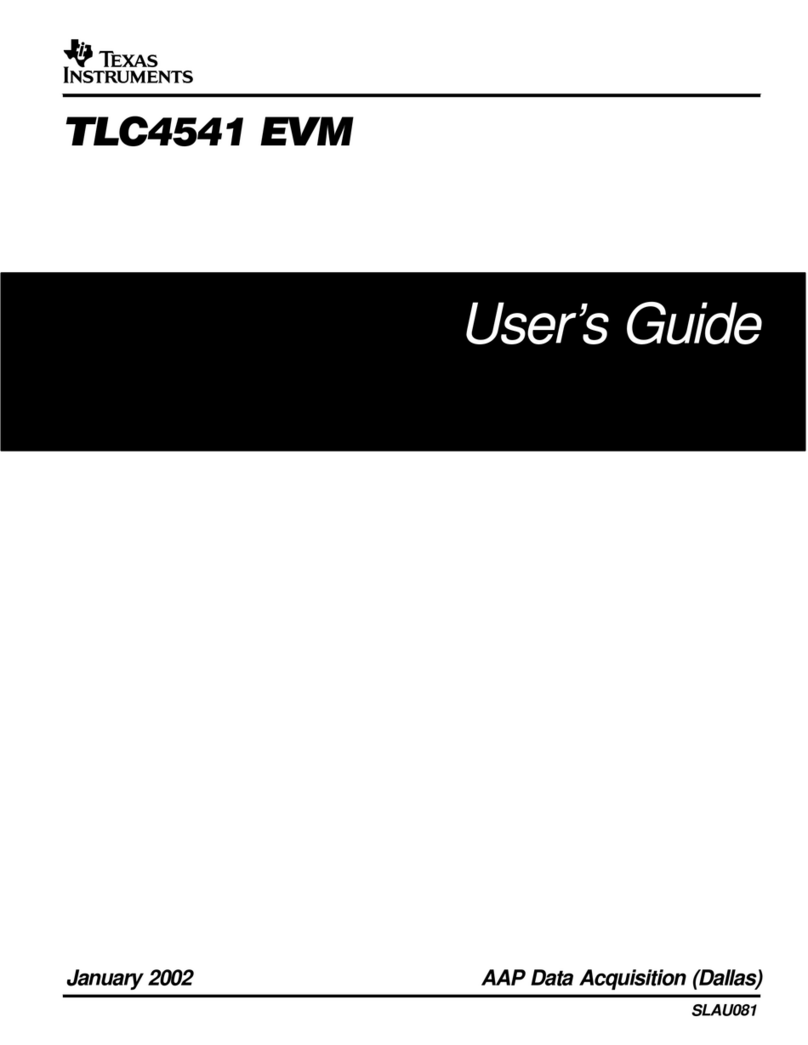
Texas Instruments
Texas Instruments SLAU081 User manual
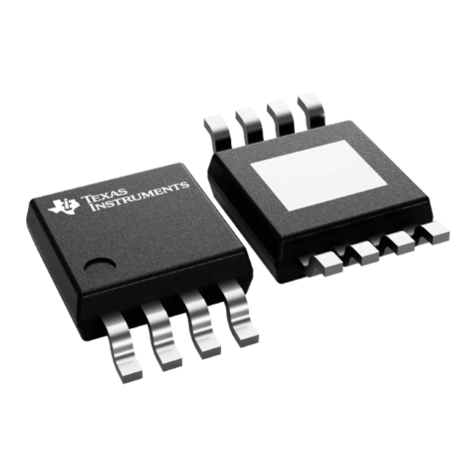
Texas Instruments
Texas Instruments THS4141 User manual
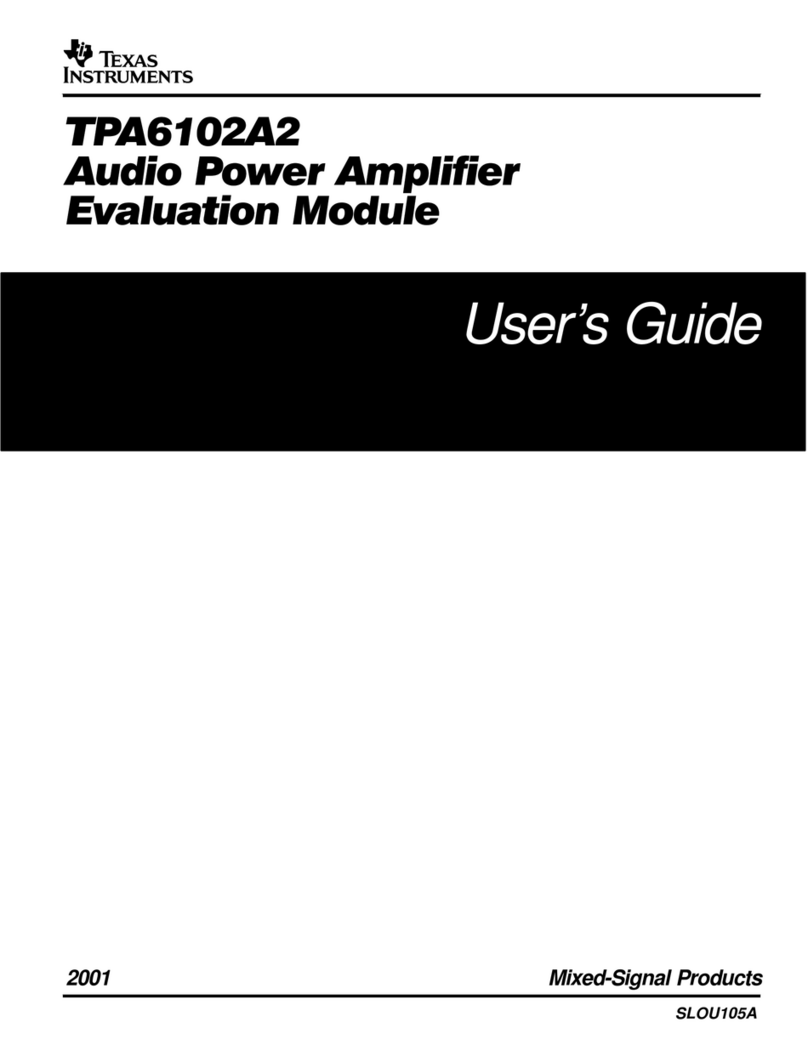
Texas Instruments
Texas Instruments TPA6102A2 User manual

Texas Instruments
Texas Instruments TPA2000D1 User manual
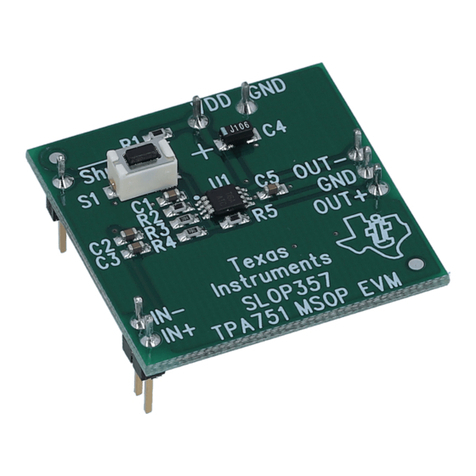
Texas Instruments
Texas Instruments TPA751 MSOP User manual
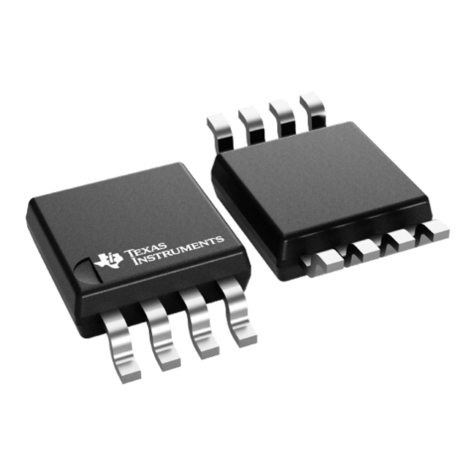
Texas Instruments
Texas Instruments THS4121 User manual
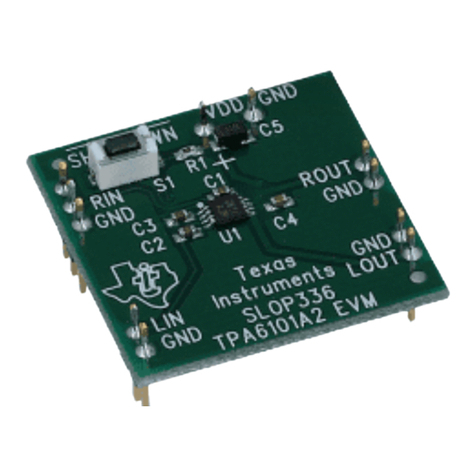
Texas Instruments
Texas Instruments TPA6101A2 User manual
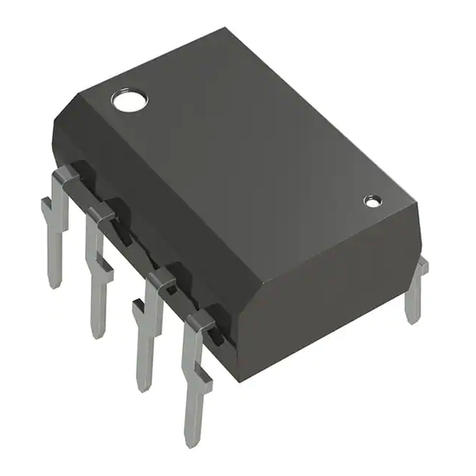
Texas Instruments
Texas Instruments LM108A Quick start guide
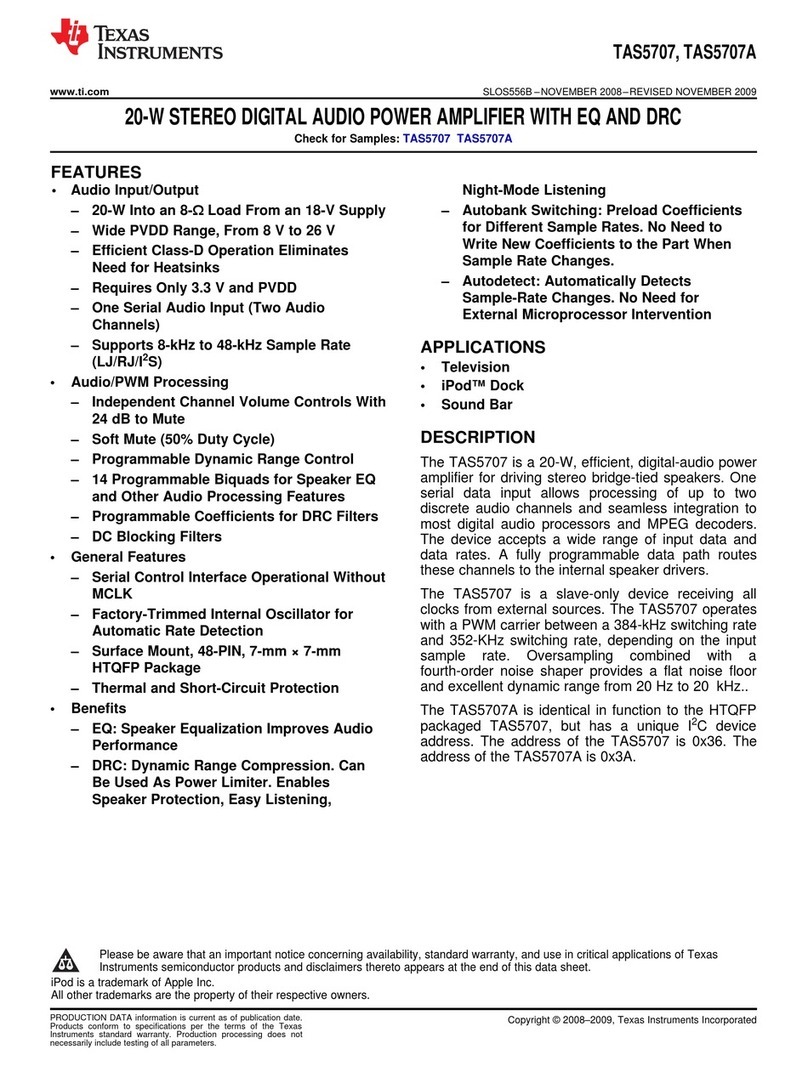
Texas Instruments
Texas Instruments TAS5707 User manual
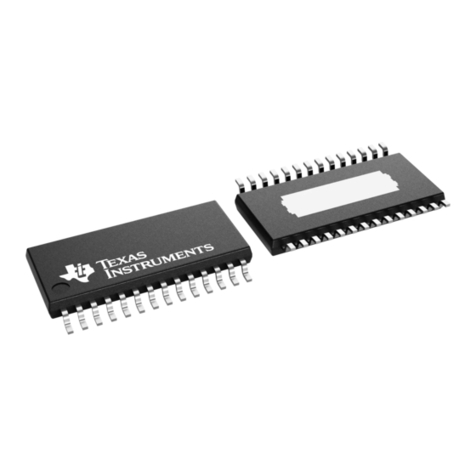
Texas Instruments
Texas Instruments TPA6030A4 User manual
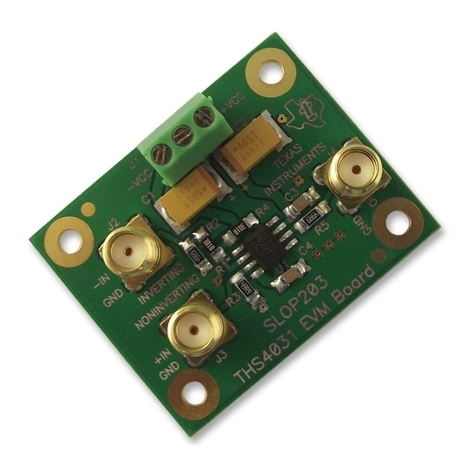
Texas Instruments
Texas Instruments THS4031 User manual
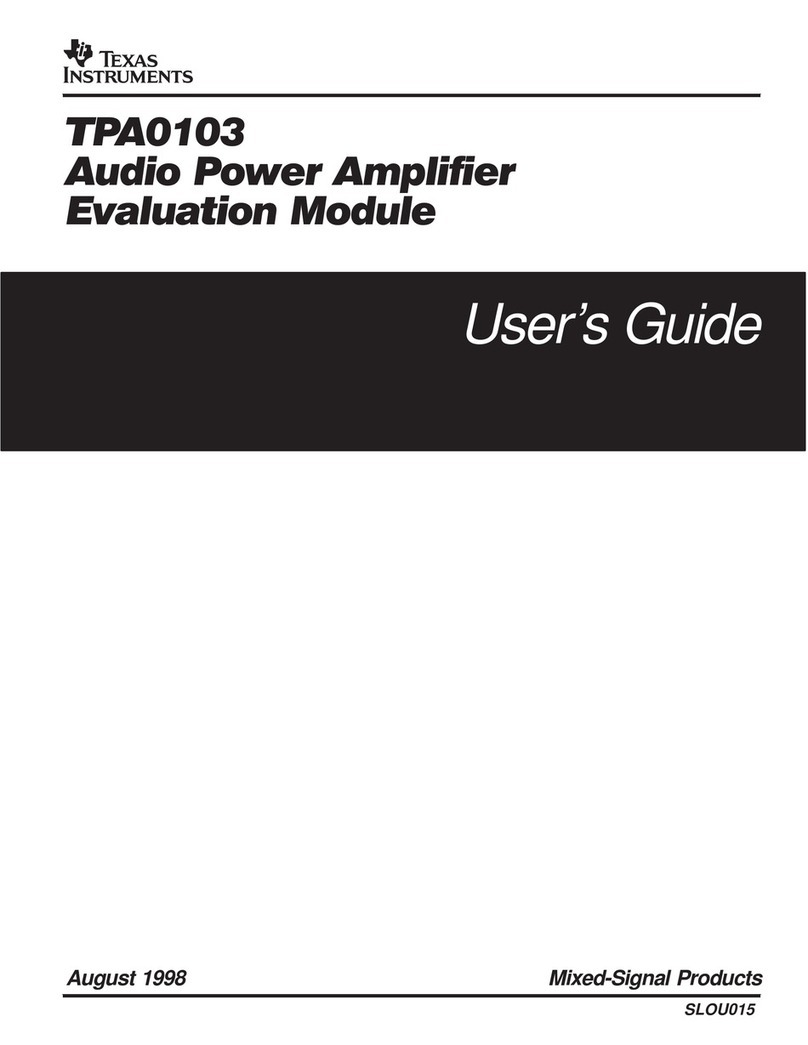
Texas Instruments
Texas Instruments TPA0103 User manual
